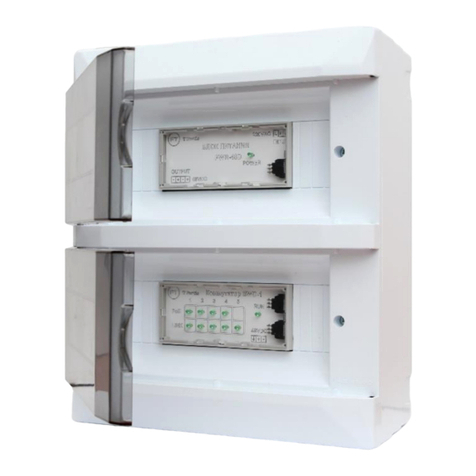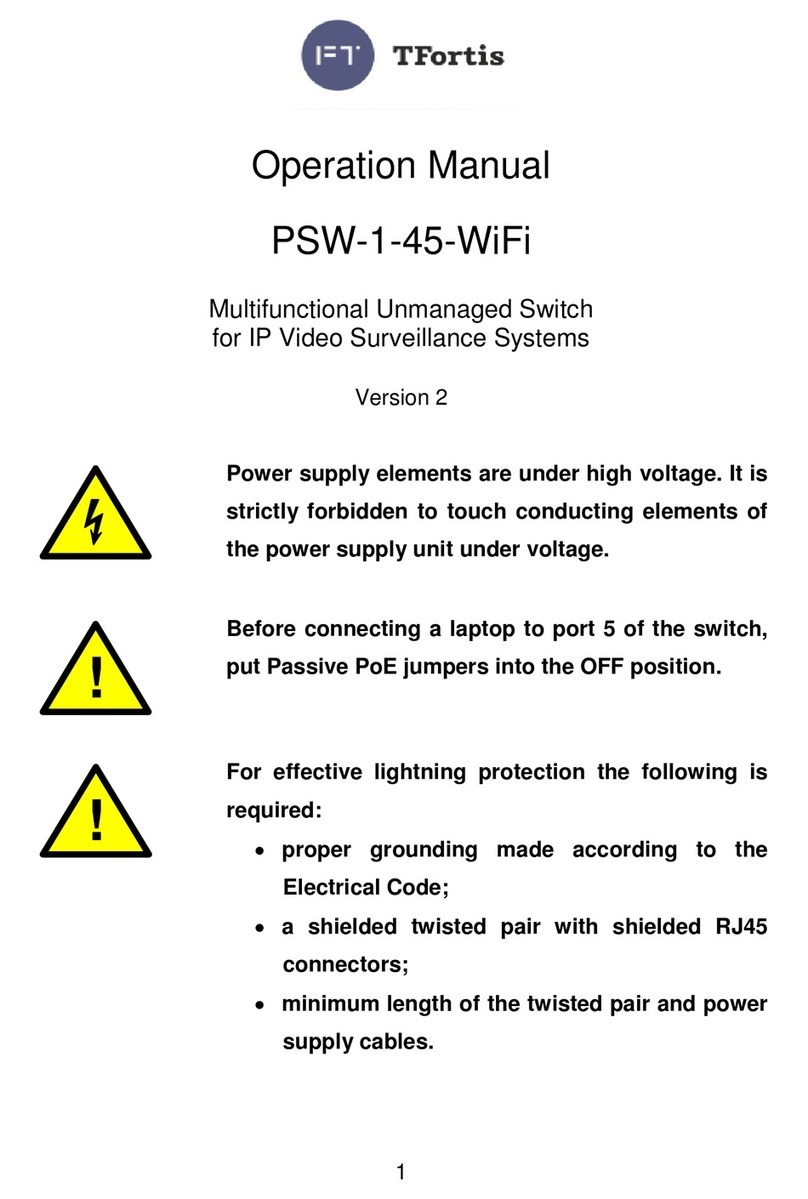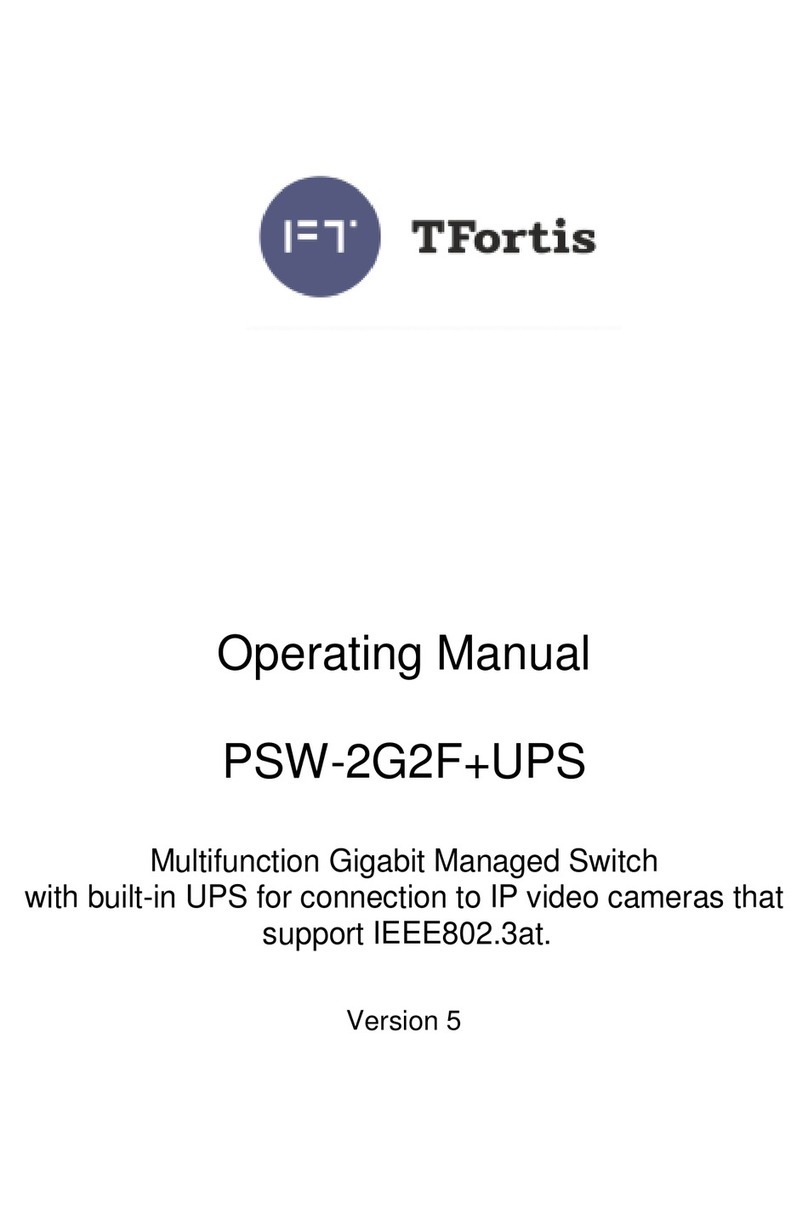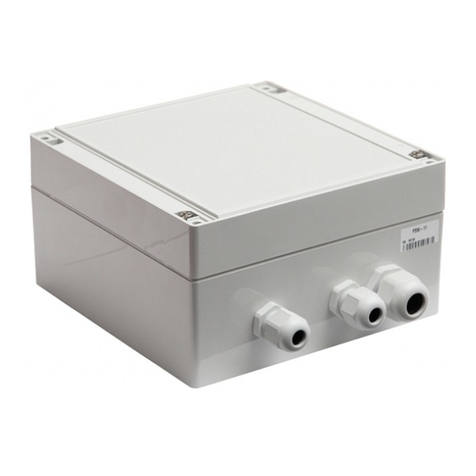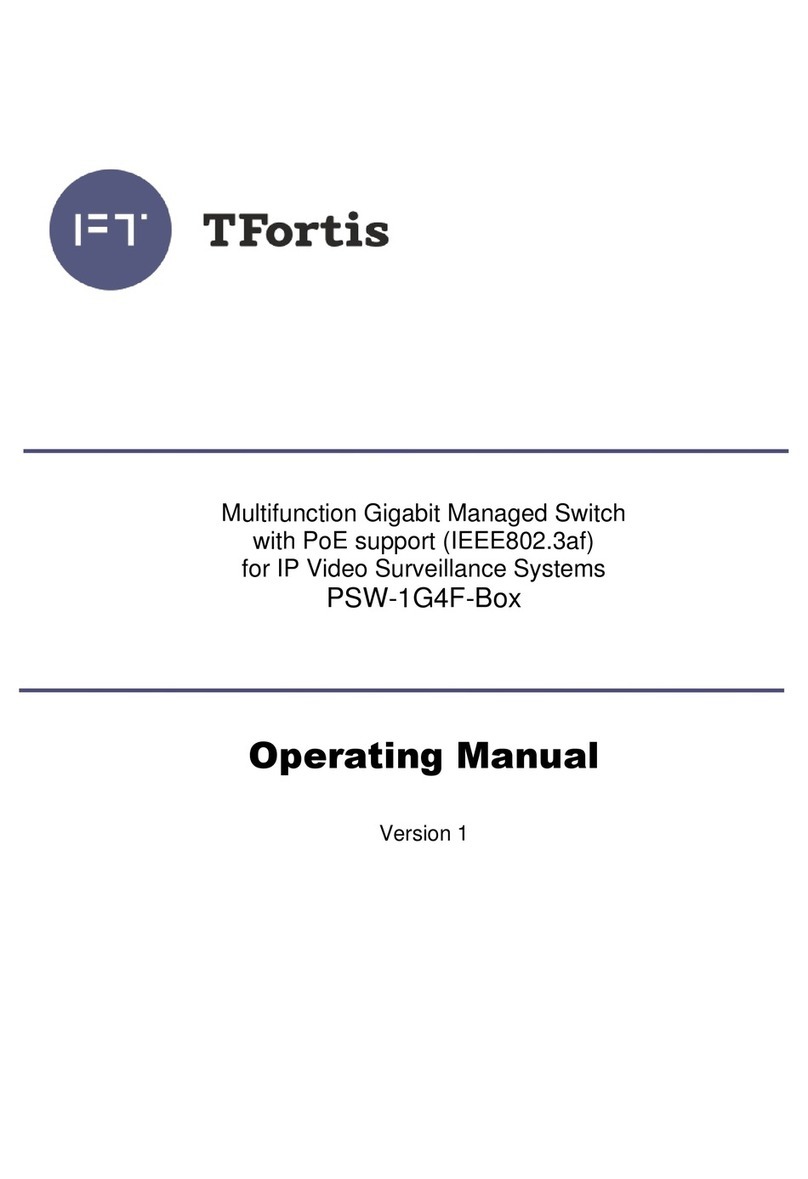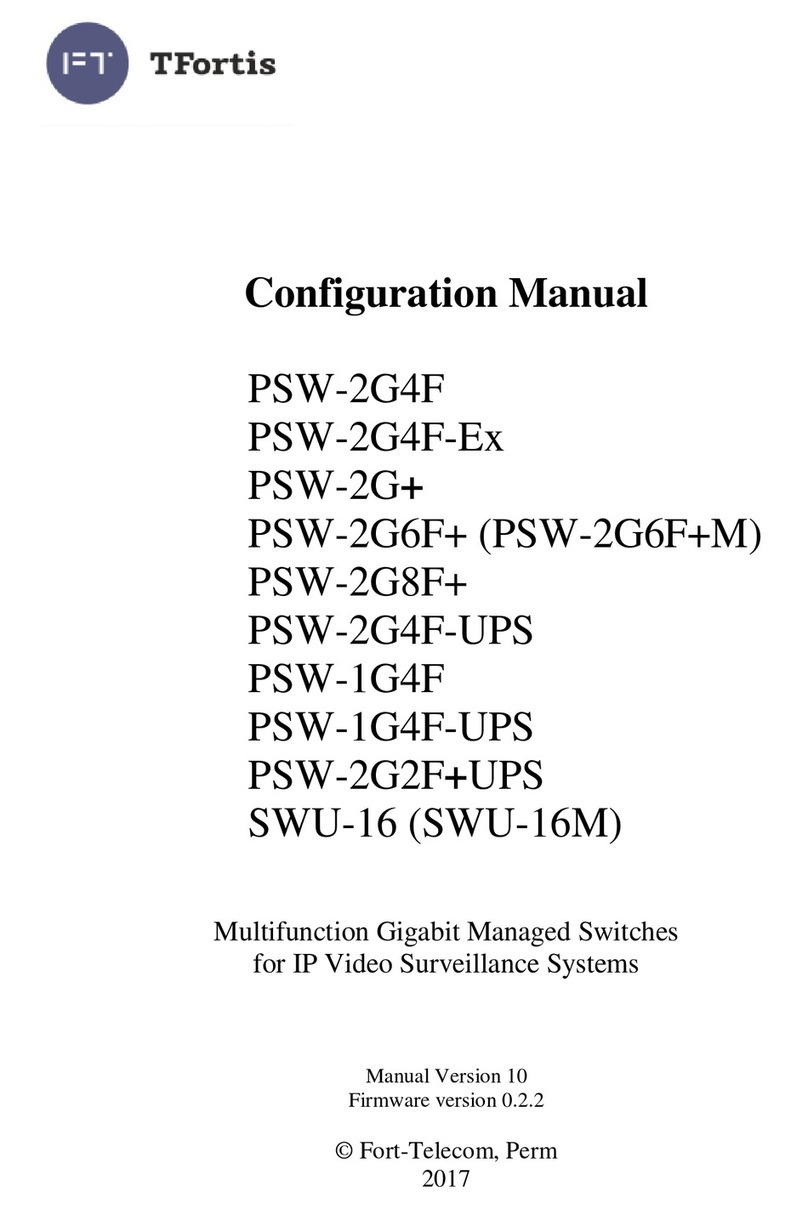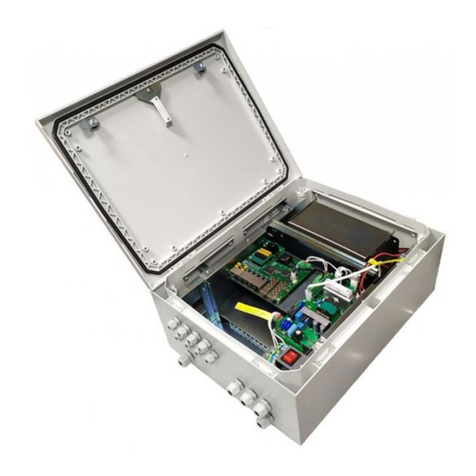3
Contents
1 Purpose .............................................................................................................................4
2 Features............................................................................................................................5
3 Description ......................................................................................................................7
3.1 Enclosure ......................................................................................................................7
3.2 Optical distribution frame...............................................................................................9
3.3 Power supply unit..........................................................................................................9
3.4 Switch board................................................................................................................10
3.4.1 CPU button...........................................................................................................11
3.4.2 DEFAULT button..................................................................................................11
3.4.3 CPU indicator.......................................................................................................11
3.4.4 DEFAULT indicator ..............................................................................................11
3.4.5 PoE indicators......................................................................................................12
3.4.6 LINK indicators.....................................................................................................12
3.4.7 Power indicators...................................................................................................12
3.5 Tamper sensor............................................................................................................12
3.6 Lightning protection modules.......................................................................................13
3.7 Automatic circuit breaker.............................................................................................14
3.8 Additional functions .....................................................................................................15
3.8.1 Restarting cameras in case of hanging................................................................15
3.8.2 Cable tester..........................................................................................................16
3.8.3 Remote camera polling ........................................................................................16
4 Technical specifications...........................................................................................16
5 Operating conditions ..................................................................................................17
6 Preliminary setting......................................................................................................17
6.1 Resetting the switch to factory settings .......................................................................17
6.2 IP address setting........................................................................................................17
6.3 User name and password setting................................................................................18
6.4 Activation of redundancy protocols..............................................................................18
7 Installation of the switch..........................................................................................19
7.1 Installation of the cabinet on the wall...........................................................................19
7.2 Installation of the cabinet on lamp posts......................................................................20
7.3 Optical connections.....................................................................................................20
7.4 Power supply connection.............................................................................................21
7.5 Camera connection .....................................................................................................21
8 Manufacturer's warranty...........................................................................................22
9 Technical support........................................................................................................23
